RAISING THE BAR
WITH SINGLE VARIETY CHOCOLATE
WITH SINGLE VARIETY CHOCOLATE
Biodiversity vs breeding & cultivating?
Our planet is living proof of an enormous biodiversity – the result of 4 billion years of evolution.
Over time, human intervention has increased some diversity (in an attempt to meet our daily needs/whims more or differently), but also destroyed (think pollution, deforestation,..) much -by overexploitation in order to meet our own short-term needs/crazes.
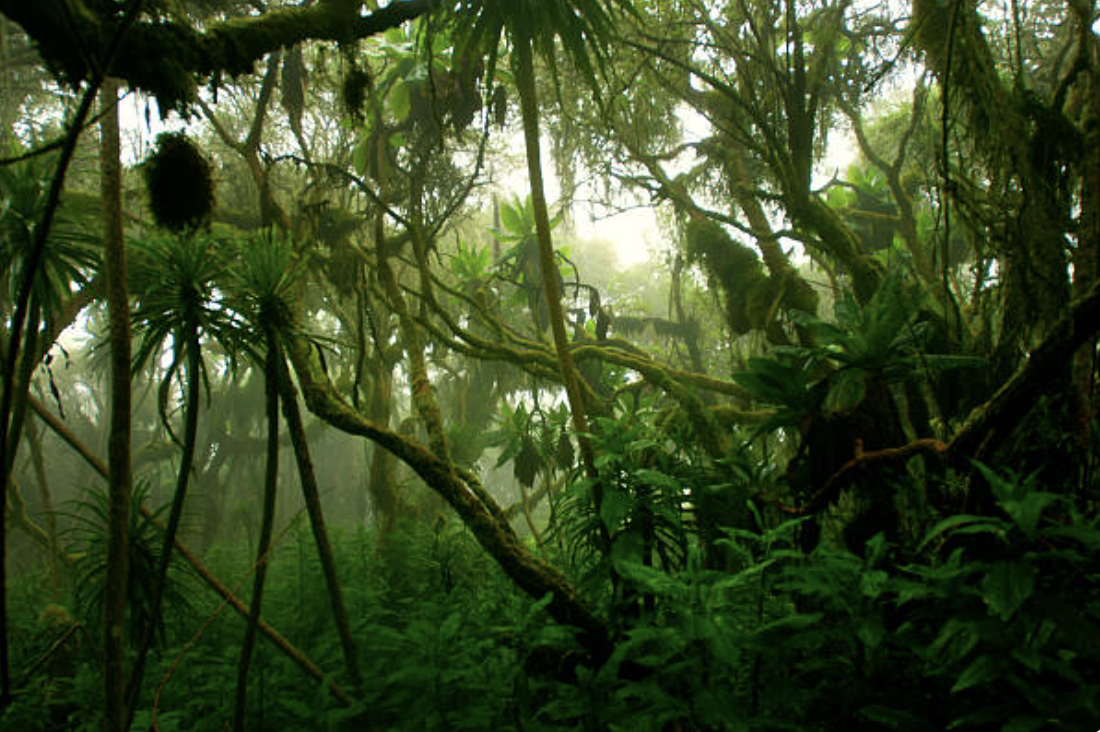
Plant-wise, human intervention has not only led to new cultivars through breeding and crossing (improved potato varieties, more resistant grapes,…), in some cases human intervention has even developed genetically modified organisms (as we see in soy and grains).
In plant species, certain species were deliberately reproduced on a large scale through human manipulation and thereby became (pre)dominant, causing other hidden treasures of nature to fall into oblivion or become extinct. These extinct species are likely to have disappeared at some point because humans did not really attribute any specific use or purpose to them at the time.
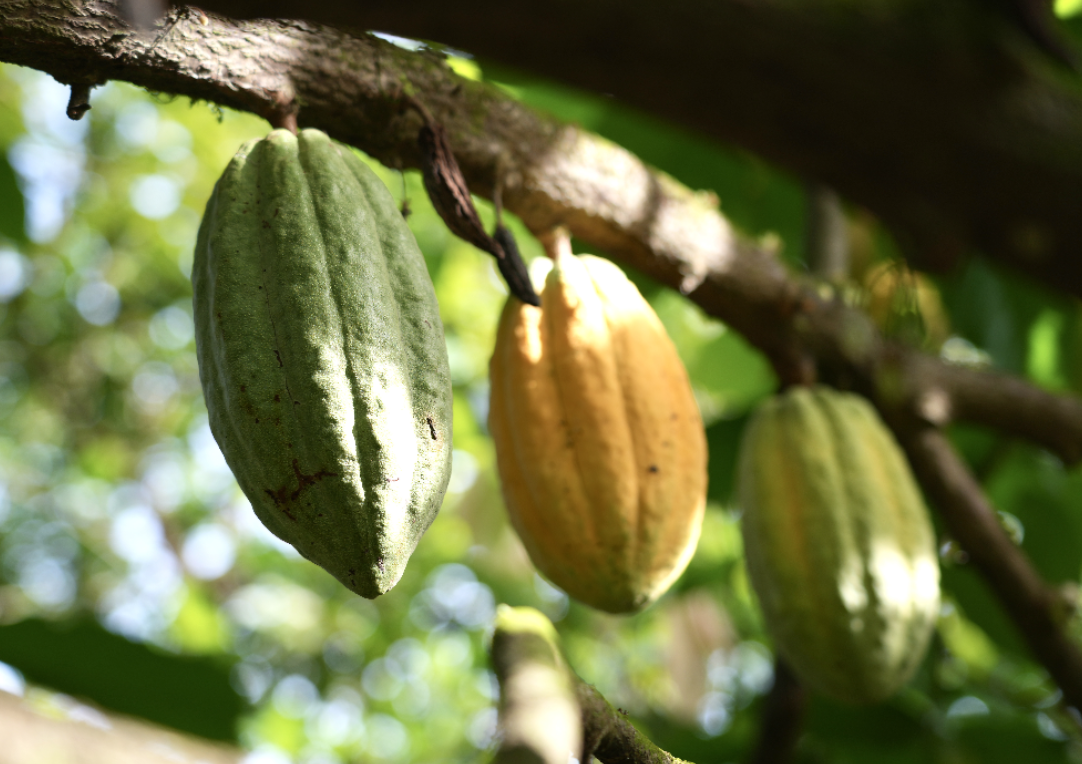
Looking at the world of plants and crops, we find it so normal to choose our hybrids of tomatoes depending on the dish we want to make: Roma tomatoes for pizza, sun gold for salads, and a colorful combo of yellow, red and green tomato hybrids for a chic appetizer. The tomatoes in question are ‘single-variety hybrid’ tomatoes. The breeding and cultivation is done with a purpose: to create a remarkable taste (with consistency and for certain food or culinary applications) of a certain genetic strain, taking into account the field realities and productivity to make the crop economically viable.
When we talk about ‘hybrid’ or ‘cultivar’ in the cacao community, many people interpret it somehow with a negative connotation. And this while it is so common in other crops and can bring us huge benefits, if managed properly. Cacao is only at the beginning of an exciting journey that other crops have been on for decades. Concepts such as single origin, single region, single farm and single variety are slowly making their way into the chocolate scene.
Let’s deep-dive into the reason why we have to raise the bar with single-variety cacao, and what this means for farmers and chocolate makers…
What is ‘Single Variety Cacao’ ?
One of the world’s most popular products, chocolate, comes from the cacao tree, Theobroma cacao. This species belongs to the genus ‘Theobroma’, from the family ‘Malvaceae’.
Within this single species there are different “genetic clusters” which are considered the primary cacao varieties. Motamayor defined 10 genetic clusters as unique separate varietals of cacao: the famous Amelonado, Criollo, Contanama, Curaray, Guiana, Iquitos, Maranon, Nacional, Nanay and Purus. And there are probably more…
Then there are sub-species of these groups that were created by nature through natural cross-pollination of the cacao tree, or so called ‘succession’, or even natural mutants may occur.
Cultivars are artificially created through breeding programs; cacao’s with promising properties are artificially crossed. These form the wide range of hybrids and cultivars. Think about the UF-collection (united Fruits), ICS (Imperial College Selection), VRAE, CCN-51, the EET-collection from Ecuador, and so on. The letters and numbers represent mostly the country, location, farm or breeding program.

The genome of Theobroma cacao is a relatively small genome and comprises 10 chromone pairs. The single variety has thus the same 10 chromosome pairs. When we talk ‘single variety’ cacao, this means that all cacao plants producing a certain ‘batch’ have the same DNA.
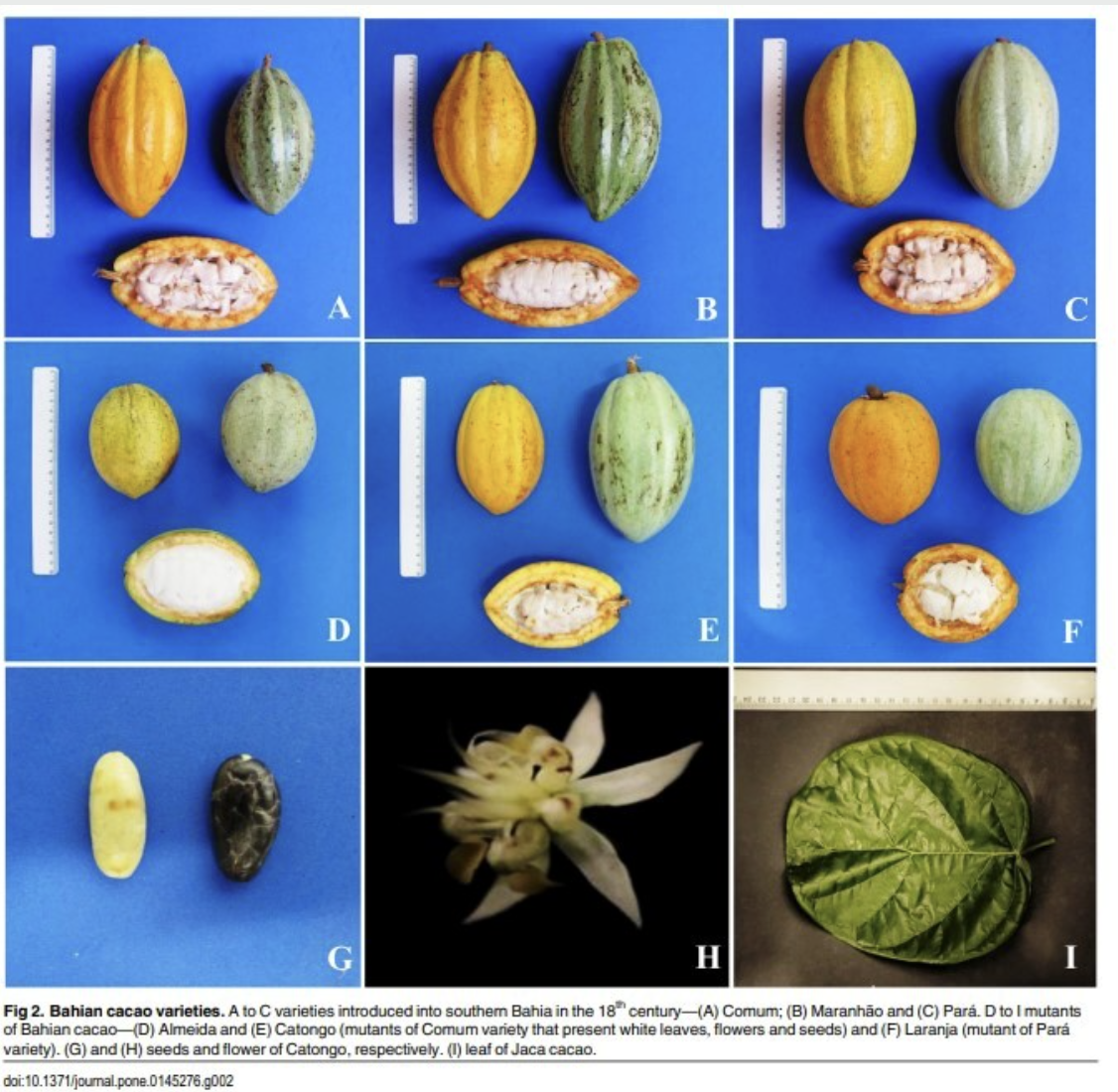
This basically means that mostly a single variety is cloned. A robust mother-tree is selected and other seedlings are replicated from the same genetic strain by grafting the trees. Seedling survival rates of this technique tend to be much higher than seedlings creating from the seeds.
Why is ‘Single Variety Cacao’ hard to find ?
The reason why it is so difficult to find single varieties is because cacao is a natural cross-pollinator. In close proximity to other genetic material, the specific cacao tree is likely to change DNA over time. While most cacao trees are autoincompatible (AI), some cultivars are autocompatible (AC), like ICS-39 and UF-29.
This is why many ‘natural varieties’ are so difficult -not to mention impossible- to find. Like humans, DNA changes over time.
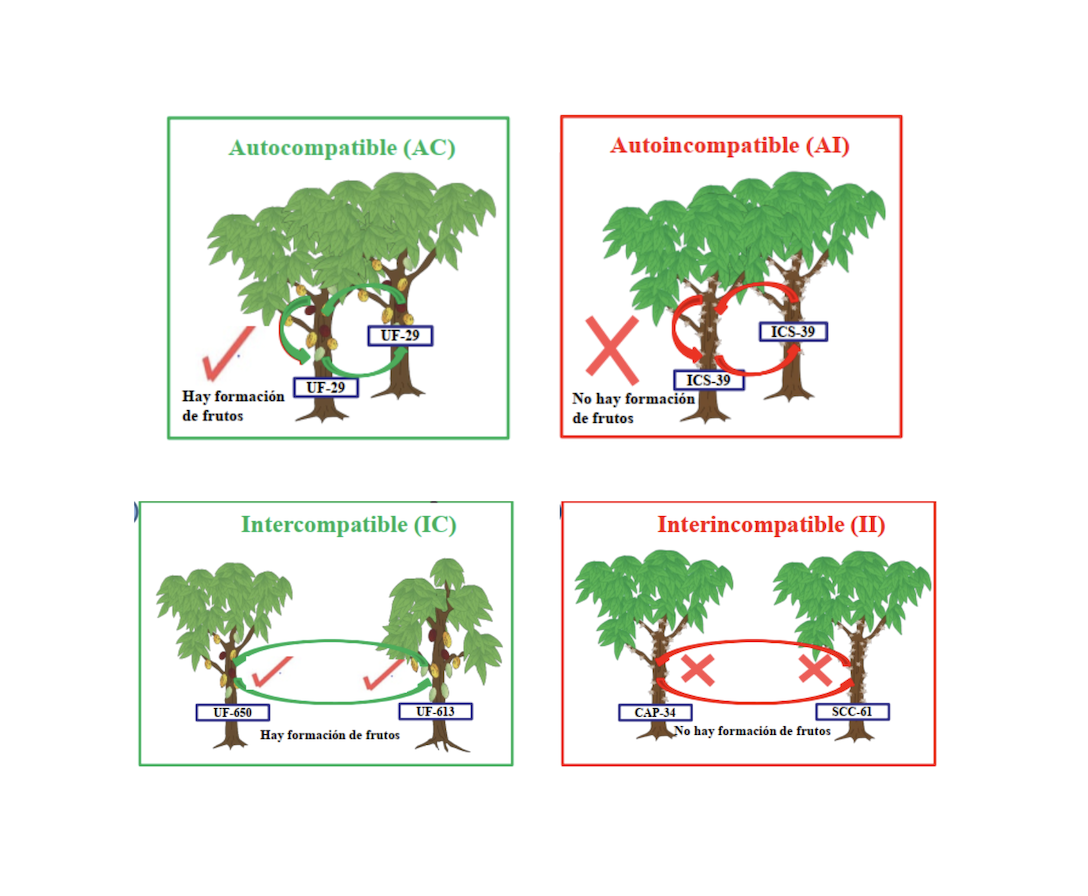
Another reason for the scarcity of single variety cacao goes back to colonial times. When demand for cacao increased and colonists and later governments encouraged the cultivation of cacao, their strategy was often to encourage farmers to grow multiple varieties on the same plot of land to reduce pests and diseases and get better yields. Often, governments, non-governmental organisations or private nurseries provided cacao farmers with certain ‘promising’ cultivars. The introduction of the mix of varieties did not support the idea and preservation of pure genetics and resulted in the scarcity of so-called ‘single variety cacao’. The result is a mix of cacao genetics with dominant cultivars taking over the plot.
Why should the genetics of cacao interest us at all?
Let’s first ask ourselves why the genetics of cacao should concern us at all… Just like in other crops (like apples, bananas, tomatoes,…) genetics have a major economic impact. Controlling genetics is done to increase yield, to control diseases and pests, provide herbicide resistance, increase nutritional values and last but not least to better control quality and flavour!

Why should we raise the bar for ‘single variety cacao’?
So why should we be interested in single variety cacao when it is so hard to find?
As with other crops, control over genetics can bring us many benefits. Understanding genetics provides more opportunities to better manage the process from seed to chocolate.
Clearly, it can be valuable from a flavour point of view, but also for resilience, reducing environmental degradation and improving livelihoods, it can offer opportunities and challenges at the same time. Creating those productive varieties that consumers want to eat, that are tasty for the end consumer and productive for farmers, adapted to the environment and local preferences, is the art of the work of a ‘cacao breeder’.
On the other hand, the extreme scenario of one variety in monoculture and full sun can create multiple problems. We need crop diversity to adapt agriculture to the climate crisis, reduce environmental degradation, improve livelihoods and feed everyone adequately. So the picture is not black or white. The local context must be taken into account with weather, soil, diseases, farming systems, culture, available genetics and materials and market potential, all to choose the right variety in the right place.
In the past, breeding has mostly been done for productivity, not taking into account the taste preferences. Nowadays smart breeding for flavour, forest, farmer and the future can bring us huge advantage from seed to chocolate.
What’s in it for the farmers?
! Spoiler – it’s not black or white on the farming side either.
While a single variety can provide more consistency and reliability in flavour, the farmer should have the advantage of going down that path. Again, it’s not black or white on the farming side either. The reality of a farmer is to create income from farming with the available resources (s)he has. And land is a crucial resource. Their income will depend on volumes, i.e. productivity, and the prices at which their crops are sold, often linked to their quality.
The advantages of a single variety from a flavour standpoint are obvious. When selecting high-potential genetics, the post-harvest process can be crafted to develop unique and distinctive flavours. The same genetics means the same seed to pulp ratio, similar bean sizes, presence of the same flavour precursors and if we apply the same post-harvest protocol here, the consistency and reliability of the lots will be much higher than with a genetic blend.
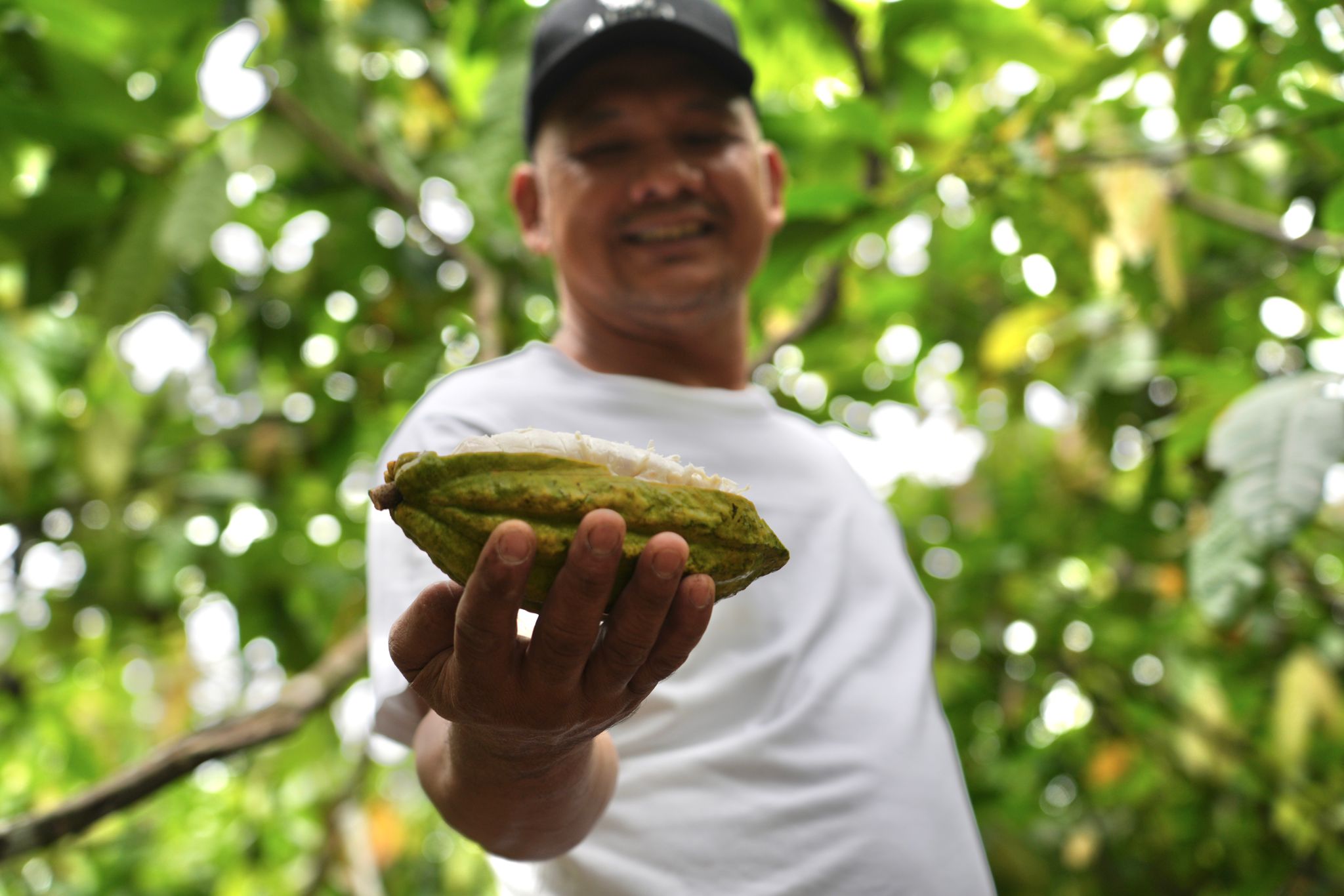
The upfront investment to research and identify the right genetics for the available land with good productivity and higher value is much higher. It requires proper testing for disease resistance, selecting the genetics and promising parent trees with flavour potential, setting up nurseries and grafting the clones, and controlling the land to prevent cross-pollination with other genetics (that could contaminate the selected genetics).
The reality of many smallholder farmers is that cacao trees (introduced decades ago) are already there and available. Reselection and replanting may not be economically viable for them. Another challenge for small plots is the risk of genetic contamination from nearby cacao trees. This is why single variety lots from smallholder famers are a very rare treat.
In some countries there is limited to no knowledge on which cacao are on the farms, while other countries (and growers) have been investing a lot in getting a better understanding of the presence and potential of genetic material. Lately a great manual of Peruvian clones has been published, a result of the work of Biodiversity International and our friends from MOCCA project.
Cacao growers who want to go to the highest level of detail, will even label their cacao-plants with the respective genetics, giving them control over the genetics and fields. You can imagine how much time, energy, money and dedication is required.
Frank Homann of Xoco Gourmet in Honduras and Guatemala has been at the forefront of growing and promoting single-variety cacao for taste and healthy agroforestry systems. Frank has been a pioneer and passionate promoter of single-variety cacao since 2007. Another proponent of the single variety cacao is Christian Velez of Cacao Betulia in Colombia.
Finding the market that pays higher prices for this extra work is certainly a challenge as well. Remember that our beloved specialty cacao niche market still only represents a small portion of the global 5 million ton cacao market.
What’s in it for the chocolate makers?
! Spoiler – it’s not black or white on their side either.
The biggest advantage for chocolate-makers is reliable and consistent lots and flavours. Lots with the same flavours and the same bean sizes can be handled more precisely during the roasting process, revealing ‘pure’ and distinctive flavours if handled properly.
In addition, you will receive much more information to position your chocolate creation and craft upto the highest possible level of detail, this is rightly called ‘raising the bar‘!
Cacao from one variety does not necessarily equate to high quality. Everything depends on the flavour potential of the genetics, the craftsmanship of the post-harvest process and the skills of chocolate makers to bring out the flavour potential.
If the genetics of a single variety are bland and the post-harvest process is not optimal, this will also be reflected in the chocolate, even if it is a single variety. So make sure your search for single varieties focuses on the interesting flavours!
Single variety cacao gives us a lot of information about its flavour and potential, but tells us nothing about the sustainability of the production system.
Single variety cacao can be grown in a no-shade, monoculture intensive farming system, in a rustic multi-layer bio-diverse agroforestry system, or technified agroforestry system contributing to forest and biodiversity values. Make sure you get the whole picture before choosing your lots !
SILVA ‘s Single Variety Origins and their Flavours
Although it is hard to find (but hey, you know us and our ‘SILVA way‘- we like to go the extra mile) we are proud to work with our partner cacao growers to raise the bar.
SILVA is proud to offer single-variety cacao from 10 different cacao sources around the world, with 19 different varieties!
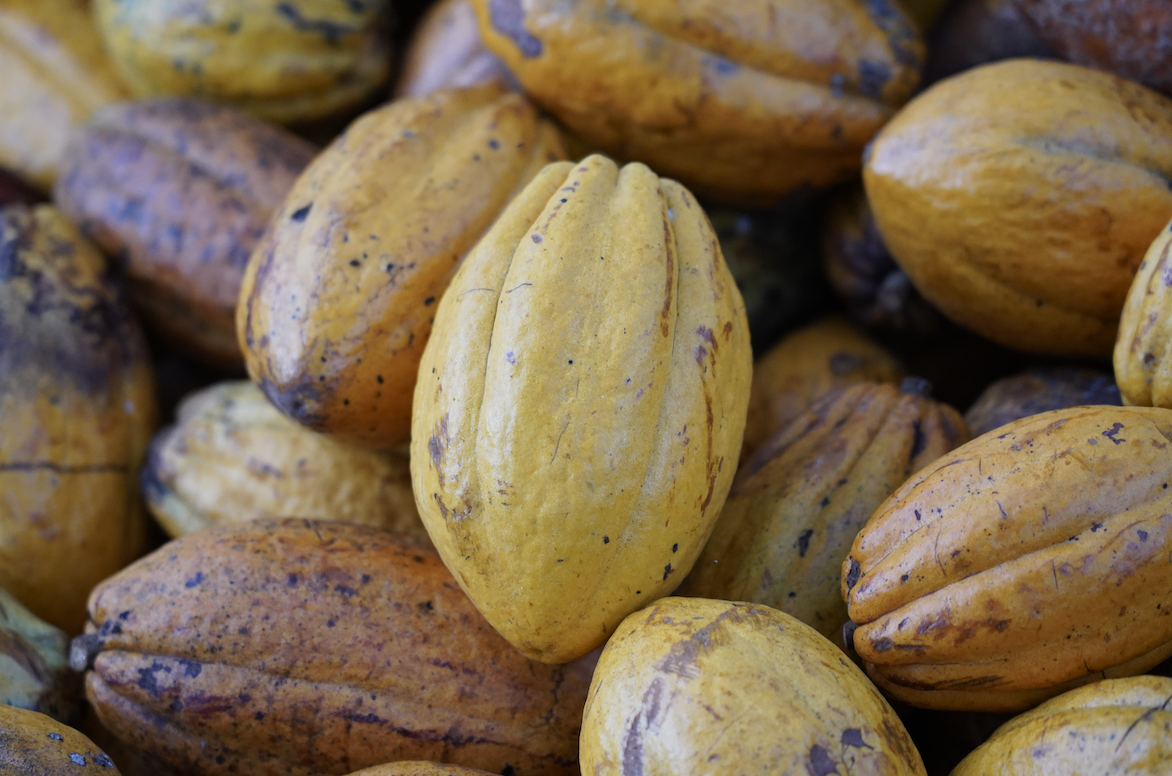

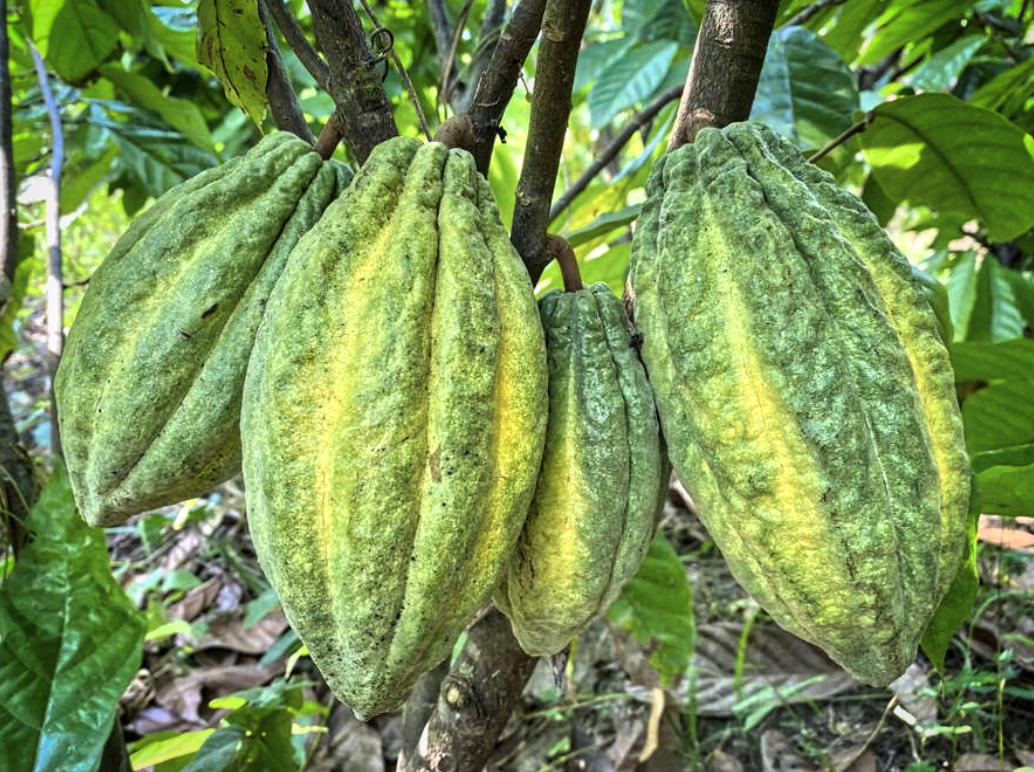
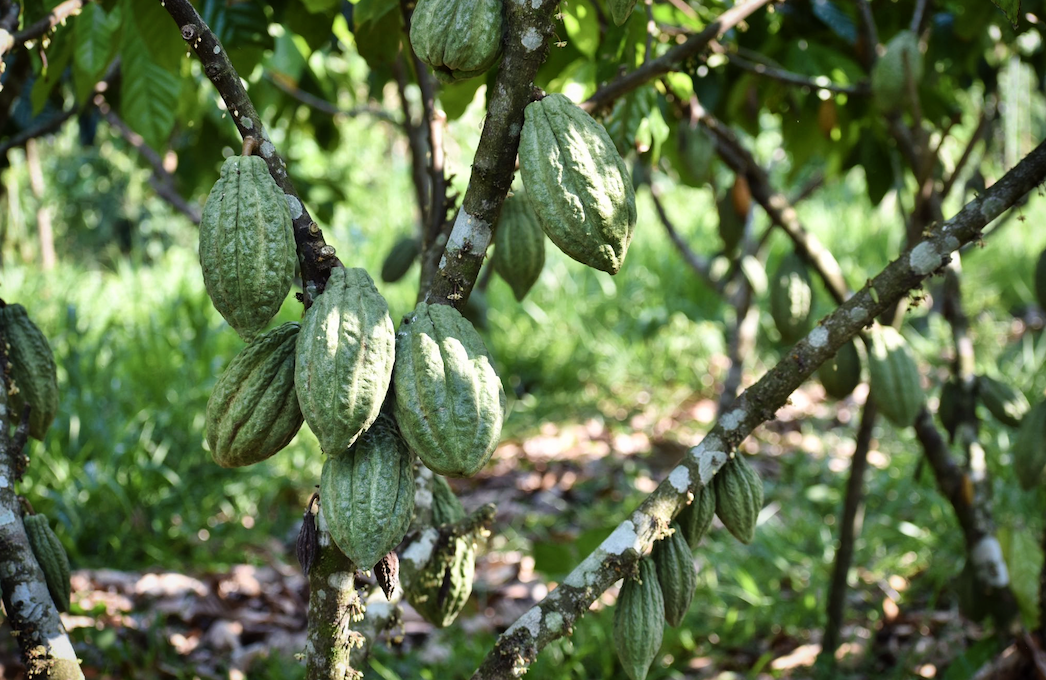
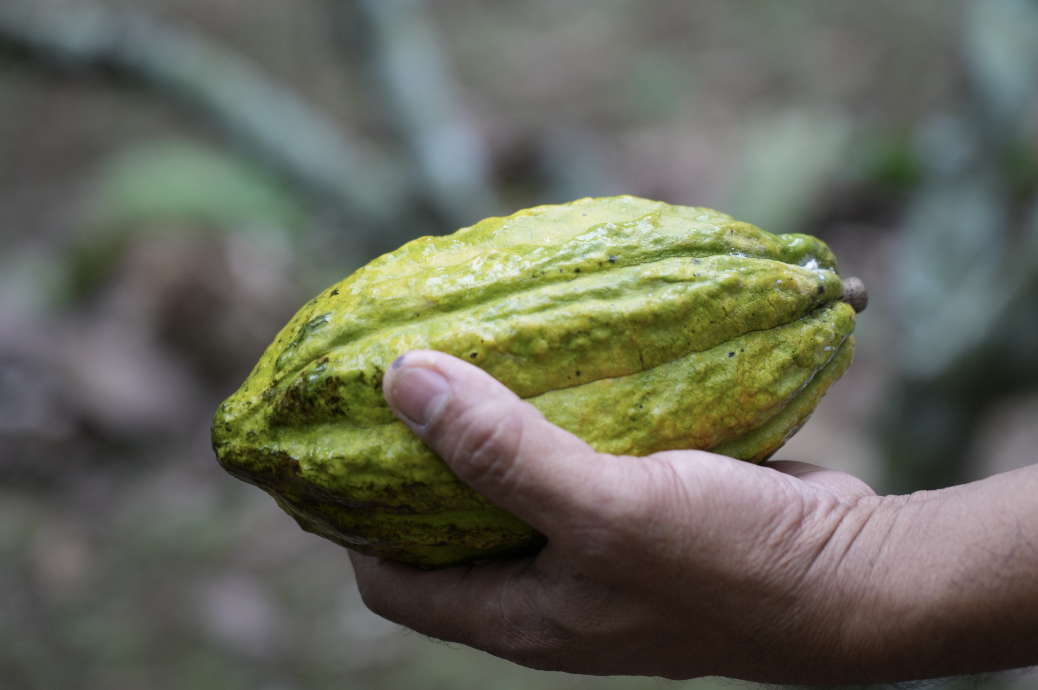
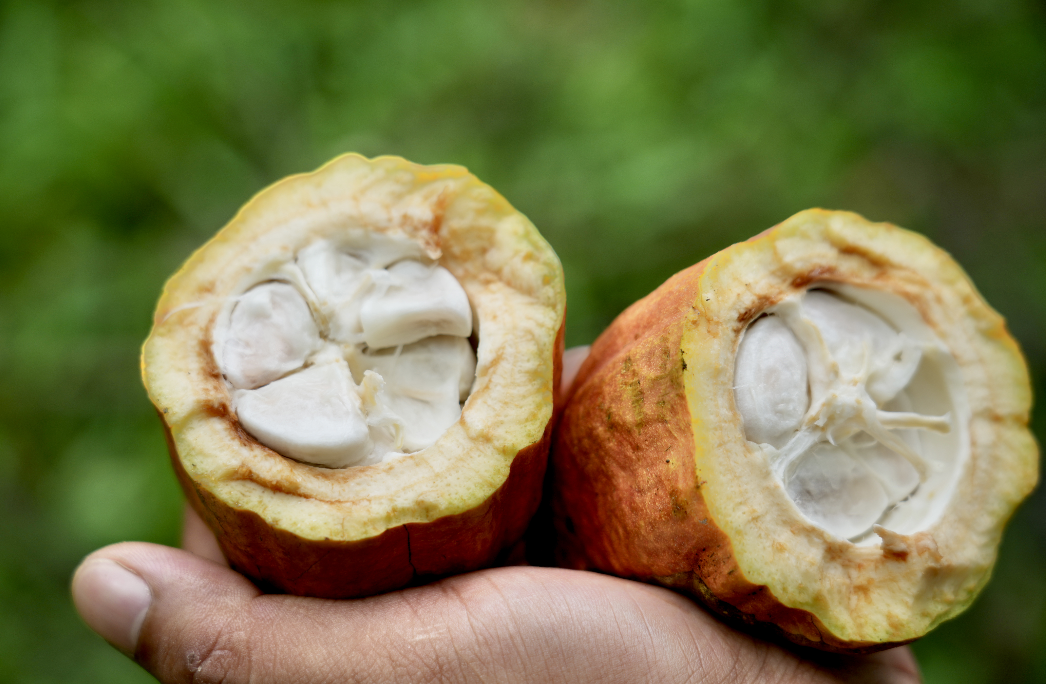
3 Asian origins:
Vietnam Mekong Delta,
Ben Tre TD5, Thailand Chanthaburi Chumphon-1,
3 different single varieties from Philippines named Harana, Luna, Regalo
4 South-American origins:
Ecuador neo nacionals eg. Finca Garyth Nacional Organic
microlot’s from Peru and Colombia featuring Betulia’s amazing white beans
and Brazil’s Catongo and delicious T1 hybrid.
3 Central American origins:
with Mayan Red in Honduras and Guatemala
and outstanding micro-lots from Nicaragua and our partnering Guatemalan farmers Finca Paso Cocodrilo and Finca Ana Maria
And what about Africa, we hear some chocolate makers think?
At the moment there are no African single varieties on our short list yet -but knowing us at SILVA, you might suspect that we are investigating this track. More on that later…
KUDO’S, CREDITS & INSPIRATION
SILVA Cacao – Everything you always wanted to know about Cacao Genetics
MDPI – H.E. Nieves-Orduña et all – Geographic Patterns of Genetic Variation among Cacao (Theobroma Cacao L) | Populations based on Chloroplast Markers
